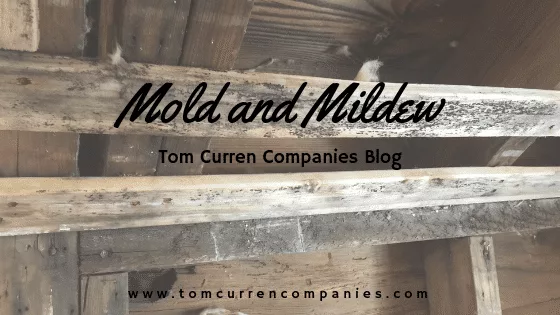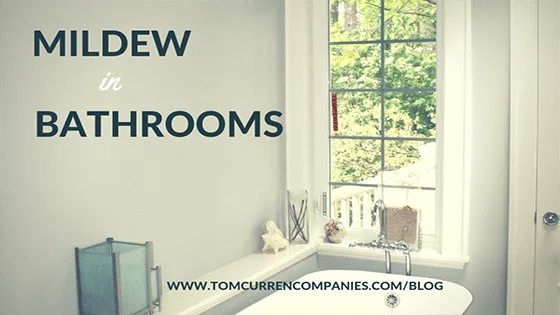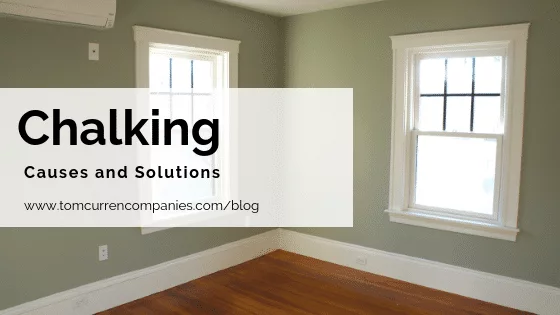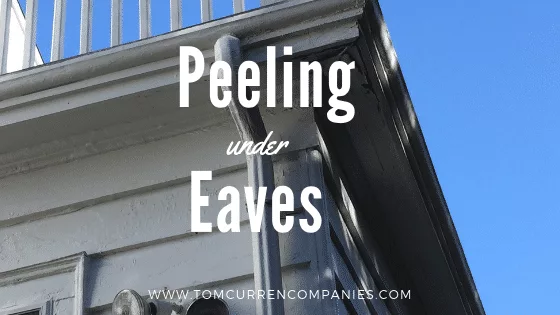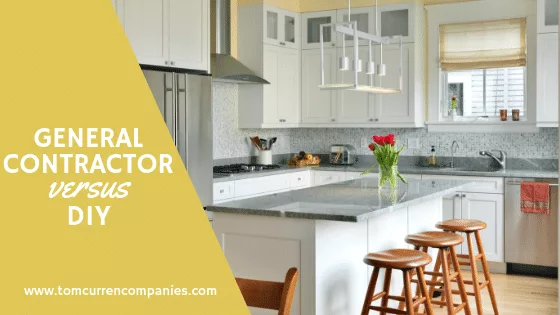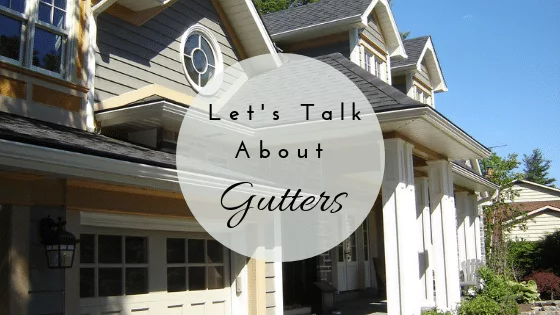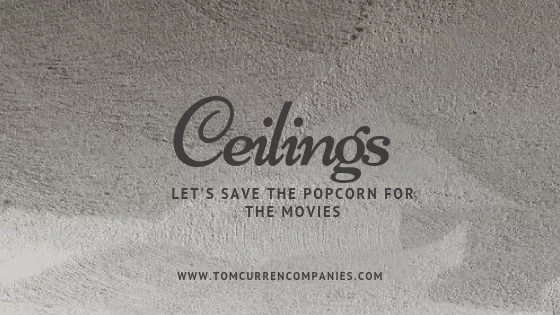The health risks of mold and mildew in the home are severe enough that both the Centers for Disease Control (the CDC) and the U.S. Environmental Protection Agency (the EPA) devote entire sections of their websites to both public education and the safe removal of these hazards. The EPA even includes, among its materials, the rather delightfully-titled “Interactive Mold House Tour,” which encourages you to “protect your home from mold by touring the Mold House,” and takes you, room-by-room, through common mold issues and methods of addressing them.
The terms mold and mildew are often used interchangeably, and—sure—they are very similar. Both are fungi, both crop up in moist conditions, and both words have been handed down to us, linguistically-speaking, from Middle English. The main difference between them is visual: that is, mold looks almost like growths of fur, while mildew manifests as more of a thin, whitish coating on surfaces.
Mold and mildew appear wherever excessive moisture is found. Both fungi grow on wood, on ceiling tiles, on wallpaper, paint, insulation, drywall, carpeting, and just about everywhere else (the only major exception being metal). And, besides being unsightly, mold and mildew pose significant health risks to homeowners. Particularly with respect to respiratory infections and ailments, mold and mildew present a real risk to you and your family. According to the CDC, “the Institute of Medicine found there was sufficient evidence to link indoor exposure to mold with upper respiratory tract symptoms, cough, and wheeze in otherwise healthy people.” And, depending on the type of mold and your sensitivity to it, the ramifications could be much greater.
Mold and mildew aren’t just troubling when it comes to your health—they also present threats to the integrity of your home. If mold or mildew is a problem in your home, the EPA writes that “you must clean up the mold and eliminate sources of moisture,” whether that’s by fixing leaks, reducing indoor humidity through greater ventilation, or replacing absorbent materials like ceiling tiles and carpets. If mold or mildew is present on your walls, that may require more labor-intensive work— removing paint or drywall, say, and then re-coating or resurfacing.
If you have any questions about mold or mildew removal, or if you’re looking for professional guidance, look no further. We’re here to help, and we’re happy to answer your questions any time.

